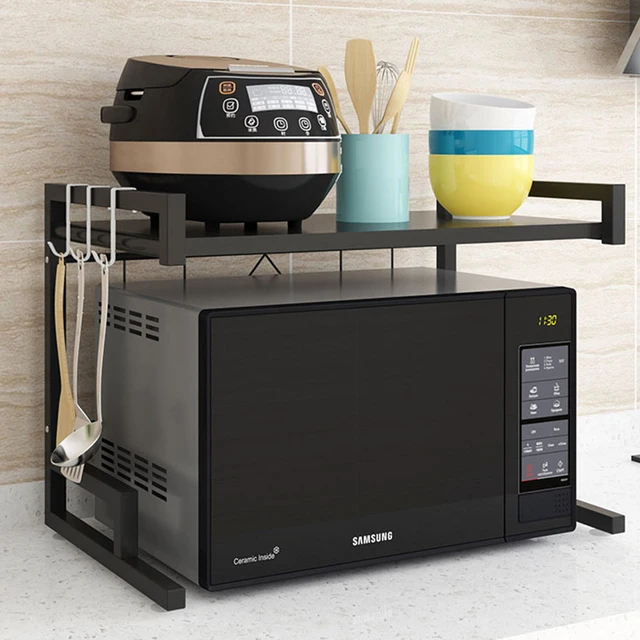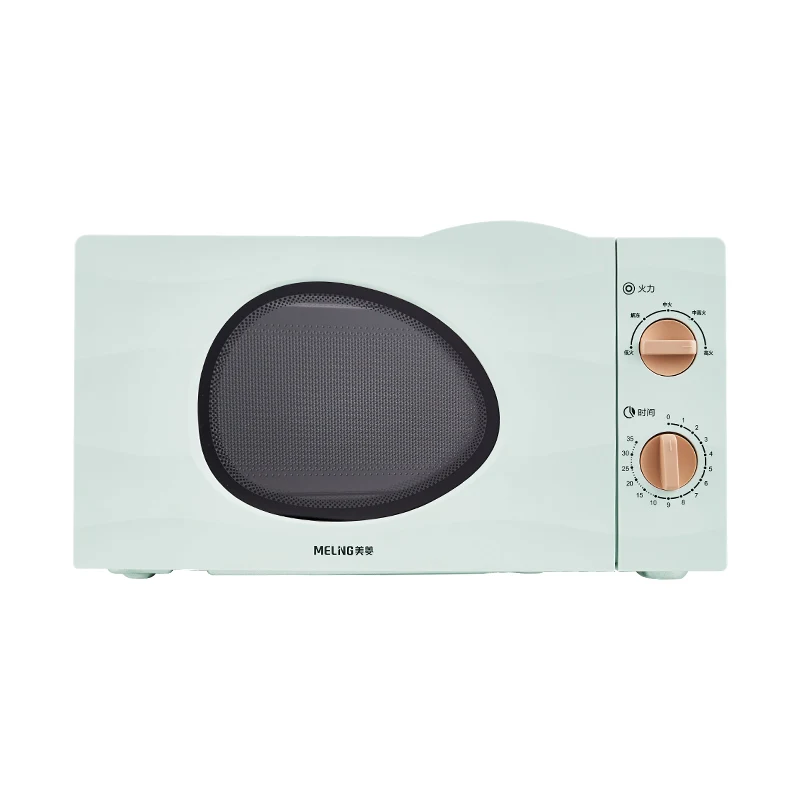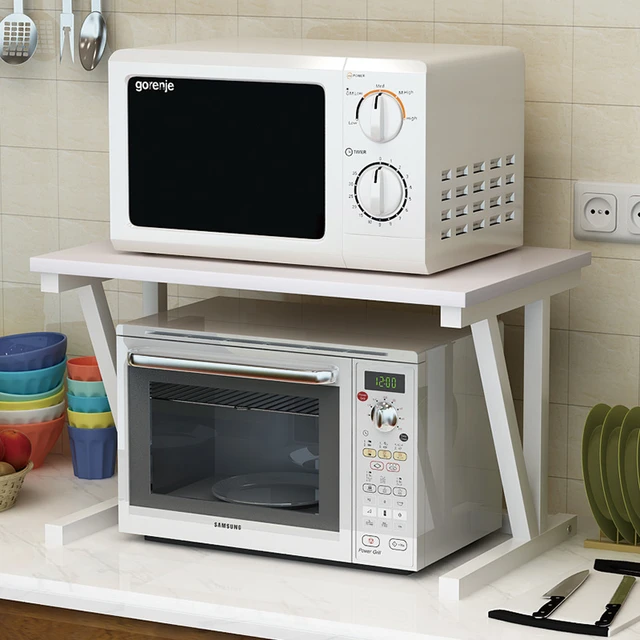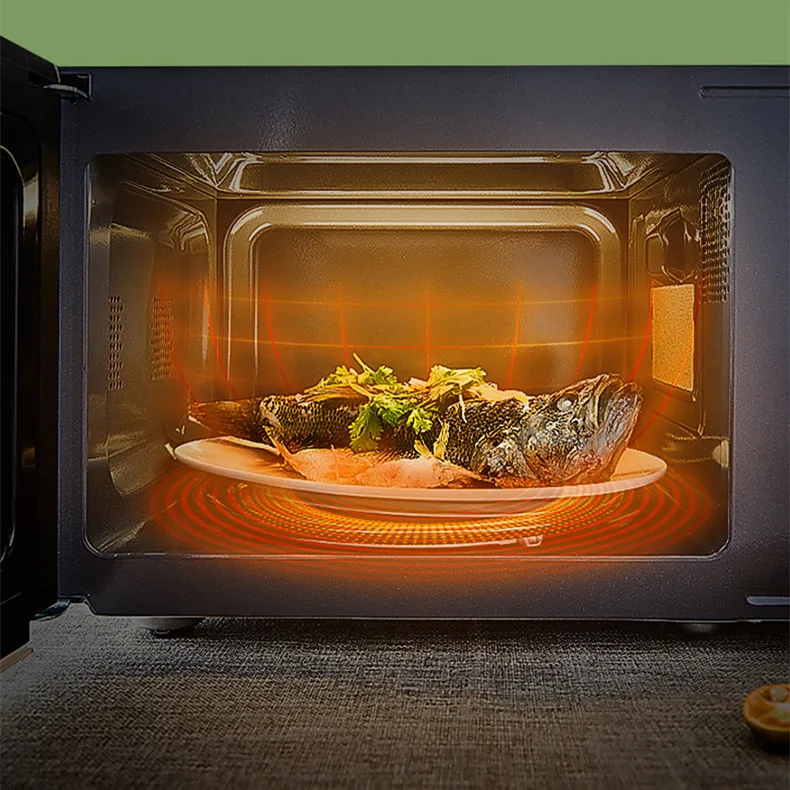Introduction:
Microwaves have become an integral part of modern kitchens, providing convenience and efficiency in cooking. However, for individuals with pacemakers, there may be concerns about the potential risks associated with microwave radiation. In this article, we will explore the guidelines and recommendations regarding the proximity of pacemakers to microwaves to ensure the health and safety of individuals with pacemakers. By understanding these guidelines, individuals can make informed decisions and take necessary precautions to mitigate any potential risks.

How close to a microwave can you be with a pacemaker?
Pacemaker Functioning:
To comprehend the impact of microwaves on pacemakers, it is essential to understand how pacemakers work. Pacemakers are implantable medical devices designed to regulate abnormal heart rhythms. They consist of a generator and leads, which are placed in the heart to monitor and control the heart’s electrical signals. The generator contains a battery and electronic circuitry responsible for pacing the heart when necessary.
Electromagnetic Interference (EMI):
Microwaves emit electromagnetic fields during operation, which can potentially interfere with the functioning of electronic devices, including pacemakers. This interference is known as Electromagnetic Interference (EMI). While modern pacemakers are designed to minimize susceptibility to EMI, precautions should still be taken to avoid any potential risks.
Manufacturer Guidelines:
The first and most important source of information regarding the proximity of pacemakers to microwaves is the manufacturer’s guidelines. Each pacemaker manufacturer provides specific recommendations and precautions to ensure the safe use of their devices. It is crucial to consult the manufacturer’s instructions or contact the manufacturer directly to obtain accurate and up-to-date information regarding microwave safety.
Stay at a Safe Distance:
As a general rule of thumb, it is advisable for individuals with pacemakers to maintain a safe distance from microwave ovens. Experts recommend staying at least six inches away from the microwave while it is operating. This distance helps to minimize the potential electromagnetic interference between the pacemaker and the microwave.

Monitor Pacemaker Functioning:
Individuals with pacemakers should remain vigilant and monitor their device’s functioning when in the vicinity of a microwave. If they experience any unusual symptoms or suspect interference with the pacemaker, such as dizziness, irregular heartbeats, or device malfunction, it is important to seek medical attention immediately. Prompt action can ensure any issues are addressed promptly and avoid potential complications.
Shielding and Grounding:
Microwaves emit radiation primarily from the front and sides. To further reduce the potential risk of interference, individuals can position themselves sideways or behind the microwave during operation. Additionally, ensuring that the microwave is properly shielded and grounded can help minimize EMI. Following the manufacturer’s instructions for positioning and installation can contribute to reducing the electromagnetic interference.
Be Aware of Indirect Exposure:
It is important to be mindful of indirect exposure to microwave radiation. This can occur when standing near someone else using a microwave or being in close proximity to the kitchen area where a microwave is in use. While the risk of EMI may be lower in these situations, it is still advisable to maintain a safe distance and monitor the functioning of the pacemaker.
Risk Factors and Individual Variations:
It is crucial to recognize that the susceptibility to EMI may vary among individuals and depends on several factors. These factors include the type and model of the pacemaker, its age, and the specific programming settings. Individuals with pacemakers should consult their healthcare providers to assess their specific risk factors and receive personalized recommendations regarding microwave safety.

Precautions for Pacemaker Users:
In addition to maintaining a safe distance from microwaves, individuals with pacemakers should take other precautions to minimize potential risks. These precautions include avoiding leaning directly on or placing their chest against a microwave, ensuring that they do not place or carry the microwave near their chest, and not using the microwave for extended periods. These measures can help reduce the exposure to radiation and potential interference with the pacemaker.
Communication with Healthcare Providers:
Open and regular communication with healthcare providers is crucial for individuals with pacemakers. It is important to inform healthcare providers about the use of microwaves and any concerns or symptoms experienced in their presence. Healthcare providers can provide personalized advice and guidance based on the individual’s specific circumstances and the type of pacemaker being used.
Education and Awareness:
Education and awareness play a vital role in ensuring the safety of individuals with pacemakers around microwaves. Healthcare providers should inform their patients about the potential risks and precautions to take when using or being near microwaves. They can provide educational materials, conduct workshops, or offer one-on-one discussions to address any concerns or questions. Increased awareness empowers individuals to make informed decisions and take necessary precautions to protect their health.
Pacemaker Shielding Accessories:
In some cases, individuals may opt to use shielding accessories specifically designed to reduce EMI from microwaves. These accessories, such as specially designed aprons or shields, aim to minimize the exposure to electromagnetic fields. While their effectiveness may vary, consulting with healthcare providers or contacting the pacemaker manufacturer can provide guidance on the availability and suitability of such accessories.
Research and Technological Advances:
Ongoing research and technological advancements continue to enhance the safety and performance of pacemakers in the presence of electromagnetic fields. Pacemaker manufacturers continuously work to improve the resistance of their devices to EMI, reducing the potential risks associated with microwave exposure. Staying informed about the latest developments in pacemaker technology can provide individuals with up-to-date information and reassurance.
Compliance with Guidelines:
To ensure the utmost safety, it is crucial for individuals with pacemakers to comply with the recommended guidelines provided by the pacemaker manufacturer and healthcare providers. These guidelines offer specific instructions on the safe use of the pacemaker in various environments, including around microwaves. By following the guidelines diligently, individuals can mitigate potential risks and maintain the optimal functioning of their pacemakers.

Regular Pacemaker Check-Ups:
Regular check-ups with healthcare providers are essential for individuals with pacemakers. During these appointments, healthcare professionals can assess the functioning of the pacemaker and make any necessary adjustments or updates. It is an opportunity to discuss concerns related to microwave exposure, seek clarifications, and ensure that the pacemaker is functioning optimally in all environments, including those with microwaves.
Evolution of Microwave Technology:
As technology evolves, microwaves are continually being developed and improved. Manufacturers focus on enhancing the safety features of microwaves, including reducing electromagnetic emissions. When considering purchasing a new microwave, individuals can research models that are designed with lower emissions and adhere to strict safety standards. Opting for a microwave with advanced safety features can provide added peace of mind for individuals with pacemakers.\

Conclusion:
While microwaves emit electromagnetic fields, individuals with pacemakers can take precautions to ensure their safety. By following manufacturer guidelines, maintaining a safe distance, monitoring pacemaker functioning, considering shielding and grounding, being aware of indirect exposure, understanding individual risk factors, taking necessary precautions, and communicating with healthcare providers, individuals can minimize the potential risks associated with microwaves. As always, it is essential to consult healthcare providers and follow their advice for personalized recommendations regarding microwave safety for pacemaker users.




